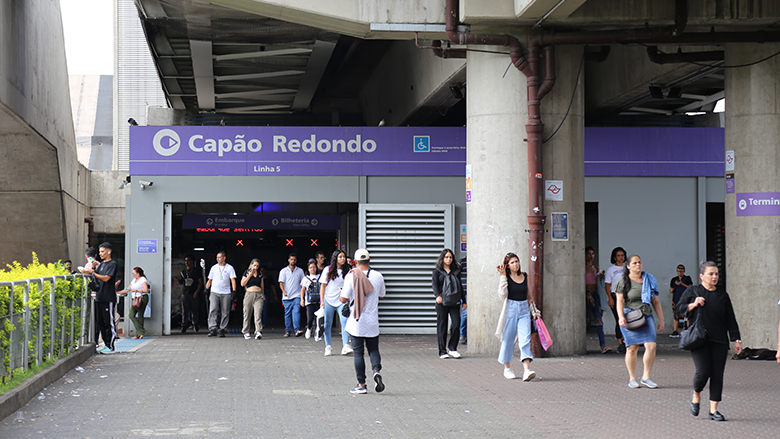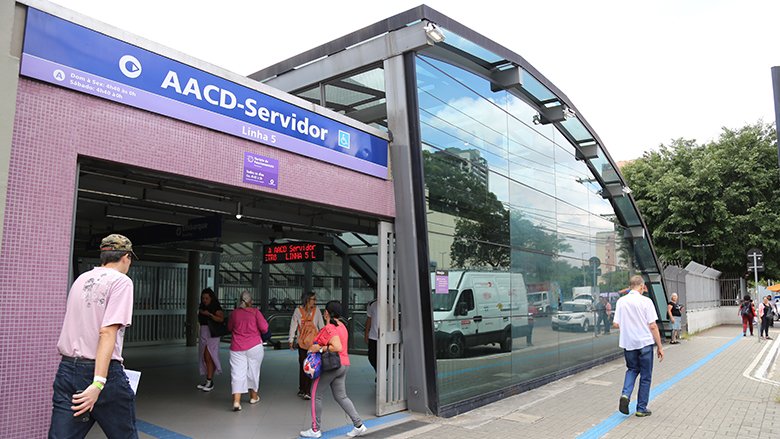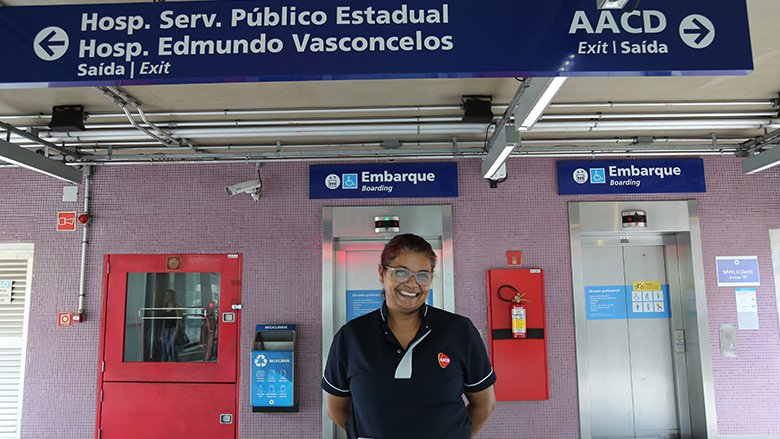Simone da Conceição, a cleaning assistant, lives in Guaianases, located in the eastern part of São Paulo—Latin America's most populous city. Her daily routine starts at 4:45 a.m., as she hops on a train and navigates through three subway lines to reach her job at the AACD Hospital in the Ibirapuera neighborhood, nestled in the south-central section of São Paulo. The lilac Line 5, which conveniently stops at the hospital, has been a lifesaver, making it possible for her to take the job and consistently make it by 7 a.m.
"Without it, given where I live, working here would be out of the question—I'd never make it on time. Line 5 has made my commute so much more manageable and quicker," Simone shares.
Her experience echoes that of countless others in Brazil and beyond: reliable public transit can be the deciding factor in job opportunities, whether it's escaping unemployment or finding better work conditions. It's the difference between punctuality and tardiness, the latter potentially costing you your job.
Before 2017, when the Alto da Boa Vista-Brooklyn stretch was unveiled, Line 5's route from the low-income area of Capão Redondo to Largo Treze in Santo Amaro was less than ideal. Its sole connection to Line 9 of the São Paulo Metropolitan Trains Company (CPTM) meant more transfers and a less appealing option for commuters.
Travel faster, travel safer
Addressing this issue, the São Paulo state government poured $3.1 billion into civil works like tunnels and stations to extend Line 5. The World Bank stepped in to fund the addition of 26 new trains, signaling gear, and platform doors for all stations—a $650 million investment. The Inter-American Development Bank (IDB) also contributed with a $367.1 million loan. And ViaMobilidade, a private entity, secured a 20-year concession (ending in 2038) to run the line, committing to an investment of 88 million reais in upgrades and enhancements.
Thanks to these efforts, Line 5 now reaches Chácara Klabin in the south-central part of São Paulo, allowing riders to connect with Lines 1 (blue) and 2 (green). This expansion has opened doors to employment, healthcare—like the nearby AACD and Servidor hospitals—public services, and more.
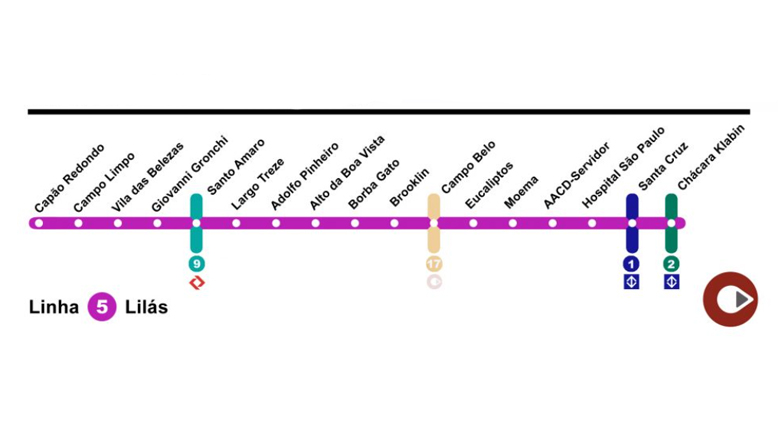
"The commute from Capão Redondo to Sé (in Downtown São Paulo), for instance, used to take 99 minutes by car and bus. Now, with Line 5 and a transfer to Line 1, it's about 50 minutes. This significant cut in travel time greatly increases the range of job and educational opportunities within an hour's reach," explains Edpo Covalciuk, a Transport Specialist at the World Bank.
"The World Bank's involvement was crucial, not just financially but also for the technical support provided to the São Paulo Metro and the state government in rolling out such a complex project, particularly for underground lines in densely populated areas like São Paulo," Covalciuk adds.
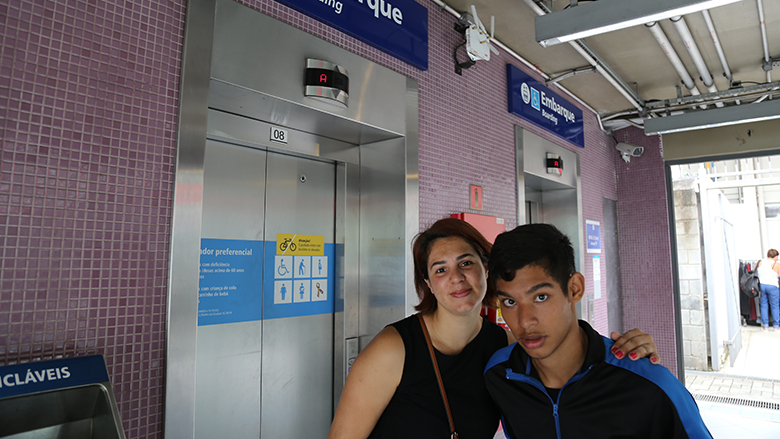
For Graziele Zonato, a homemaker and mother to 17-year-old Filipe, the line has been a blessing, slashing their travel time from Itaquacetuba to the AACD Hospital, where Filipe receives care following cerebral palsy surgery. What used to be a two-and-a-half-hour journey is now just 90 minutes. "We're grateful for the time saved," she says.
Interestingly, women make up the majority of Line 5's ridership at 56%. Their varied reasons for travel reflect the multiple roles they play in managing home and family life. Line 5 has been transformative, particularly for women, by reducing the need for longer, less secure transfers. The line also promotes safety with anti-harassment campaigns and reporting channels at its stations.
Filipe himself is a fan of the line's accessibility, especially the conveniently located elevators. "I'd rather use them than the escalator," he says, now a high school graduate with aspirations in robotics.
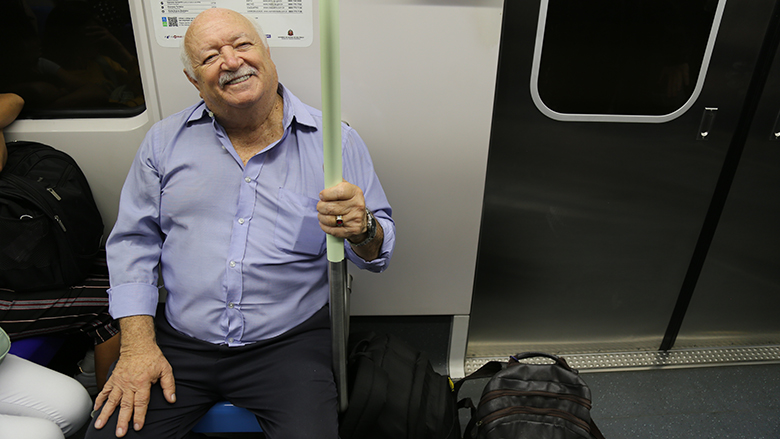
Paulo Henrique de Menezes, a 66-year-old marriage officiant, has also reaped the benefits of Line 5. On the advice of colleagues, he started using the subway for his work commute early in 2024. He now parks his car at a station and takes the train downtown. "I used to arrive exhausted from driving. Now, I avoid traffic, enjoy clean and comfy trains, and listen to the stories of people around me," he reflects, noting that he's even run into couples whose weddings he officiated. "I've started using the subway for weekend outings too," he adds.
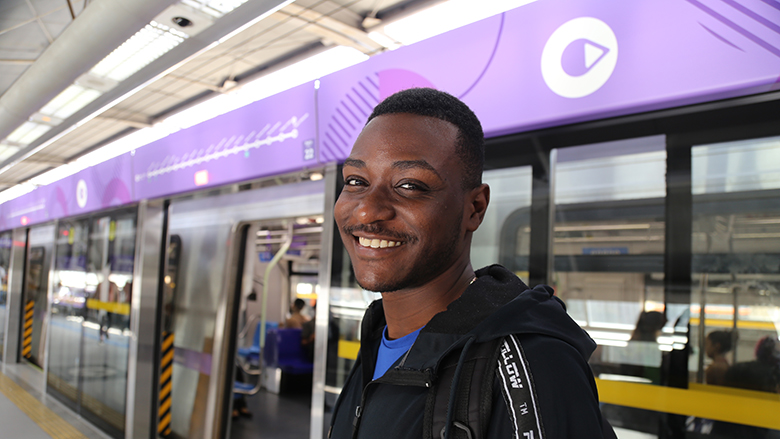
Then there's Micael da Cruz, a 17-year-old soccer player from Jardim das Rosas in Capão Redondo, who relies on Line 5 to get to and from training sessions at the Next Academy in Santo Amaro. "It's incredibly handy," says Micael, who's on the brink of a new chapter after being selected to play for a team in Sorocaba. His dream? To one day travel the globe as a professional athlete. The lilac line of the São Paulo Metro will surely have played a pivotal role in his success story.
